How to Host Your Own Wine Tasting Party: A Complete Guide
Hosting a wine tasting party can be a fun and educational experience for you and your guests. Whether you're a wine novice or a seasoned enthusiast, this guide will walk you through the essentials of planning and executing a successful wine tasting event in the comfort of your own home.
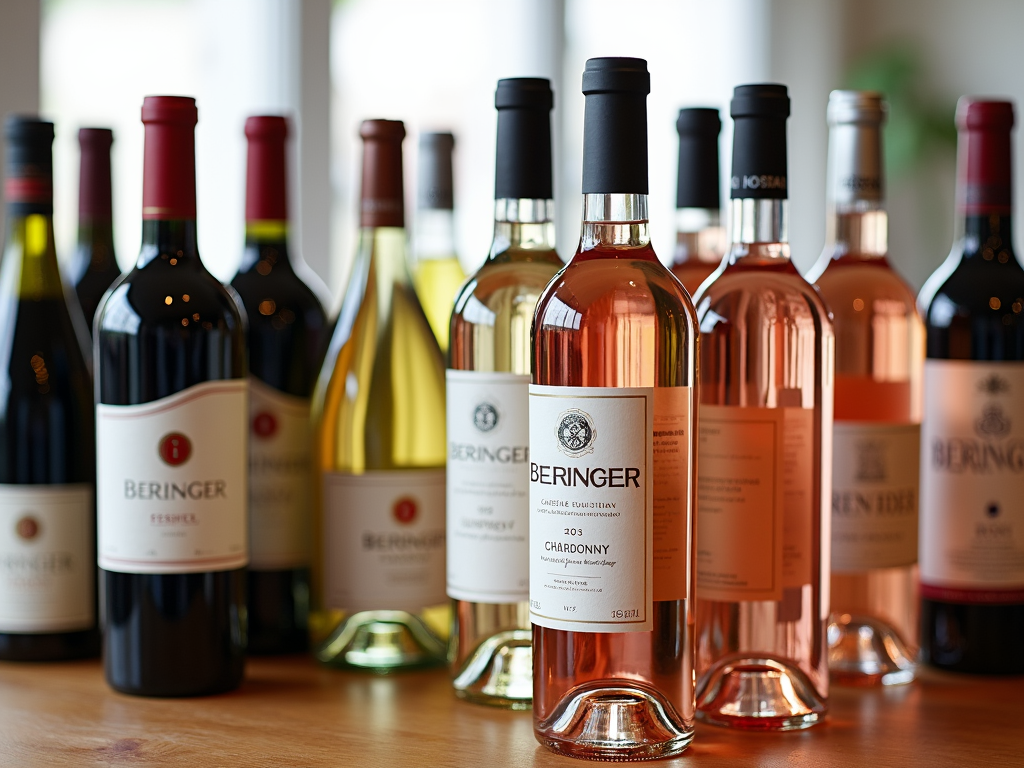
The first step in hosting a wine tasting party is selecting the wines. You can choose to focus on a specific region, grape variety, or theme. For example, you might opt for a selection of California wines, including some from renowned wineries like Beringer. Beringer offers a range of wines that are perfect for tasting events, from their classic Cabernet Sauvignon to their crisp Chardonnay.
When selecting wines, aim for a variety that will showcase different flavors and styles. A good rule of thumb is to include at least one white, one red, and perhaps a rosé or sparkling wine. If you're feeling adventurous, you could even include a dessert wine or a fortified wine like port.
Consider the preferences of your guests. If you have a mix of wine enthusiasts and novices, choose wines that are approachable and not too complex. Beringer, for example, offers a range of wines that are both high-quality and accessible to a wide audience.
You might also want to consider the season when choosing your wines. In the summer, lighter wines like Sauvignon Blanc or Pinot Grigio might be more refreshing, while in the winter, fuller-bodied reds like Merlot or Syrah could be more appropriate.
Don't forget to include some information about each wine. You can print out tasting notes or create a small booklet with details about the winery, the grape variety, and the flavor profile. This can help your guests learn more about what they're tasting.
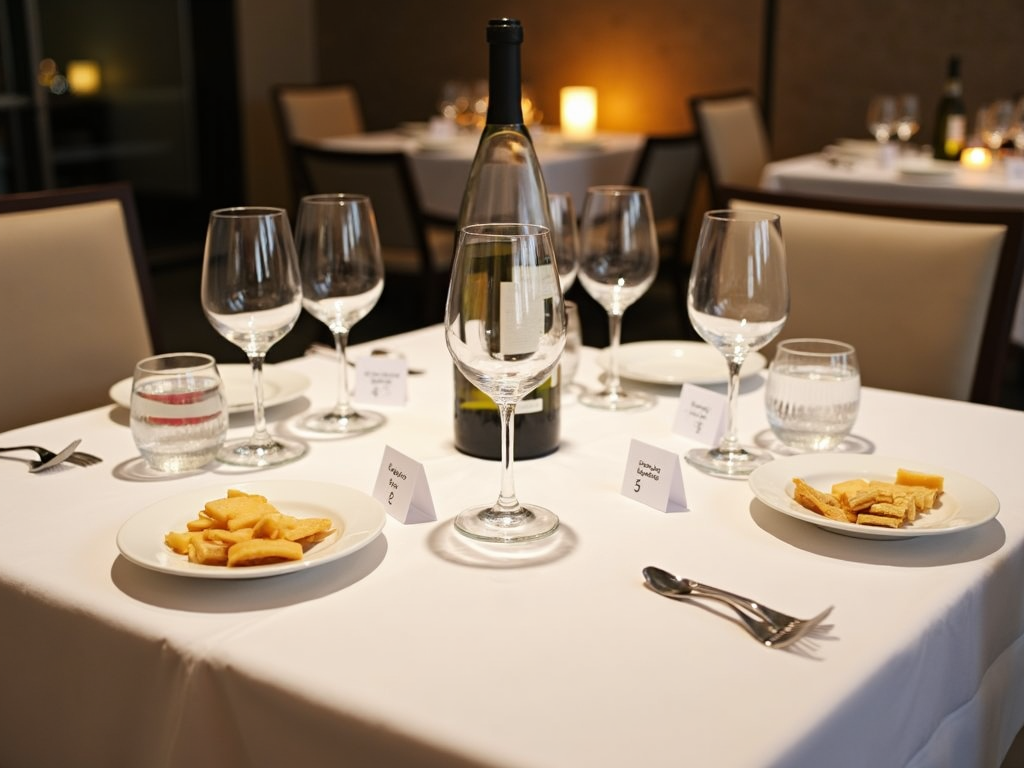
Creating the right atmosphere is key to a successful wine tasting party. Choose a well-lit area with plenty of space for your guests to move around and interact. Set up a table with white tablecloths to make it easier to see the color of the wines. Provide each guest with a wine glass, a water glass, and a spit bucket if they prefer not to swallow the wine.
You might also want to provide tasting notes or score sheets for your guests to record their impressions of each wine. This can be a fun way to encourage discussion and learning.
In addition to the table setup, think about the overall ambiance of the room. Soft background music can create a relaxed atmosphere, but make sure it's not too loud to disrupt conversation. You might also want to dim the lights slightly to create a cozy feel.
Consider the seating arrangement as well. If you have a large group, you might want to set up multiple tasting stations to avoid overcrowding. Alternatively, you could have a more casual setup where guests can mingle and taste at their own pace.
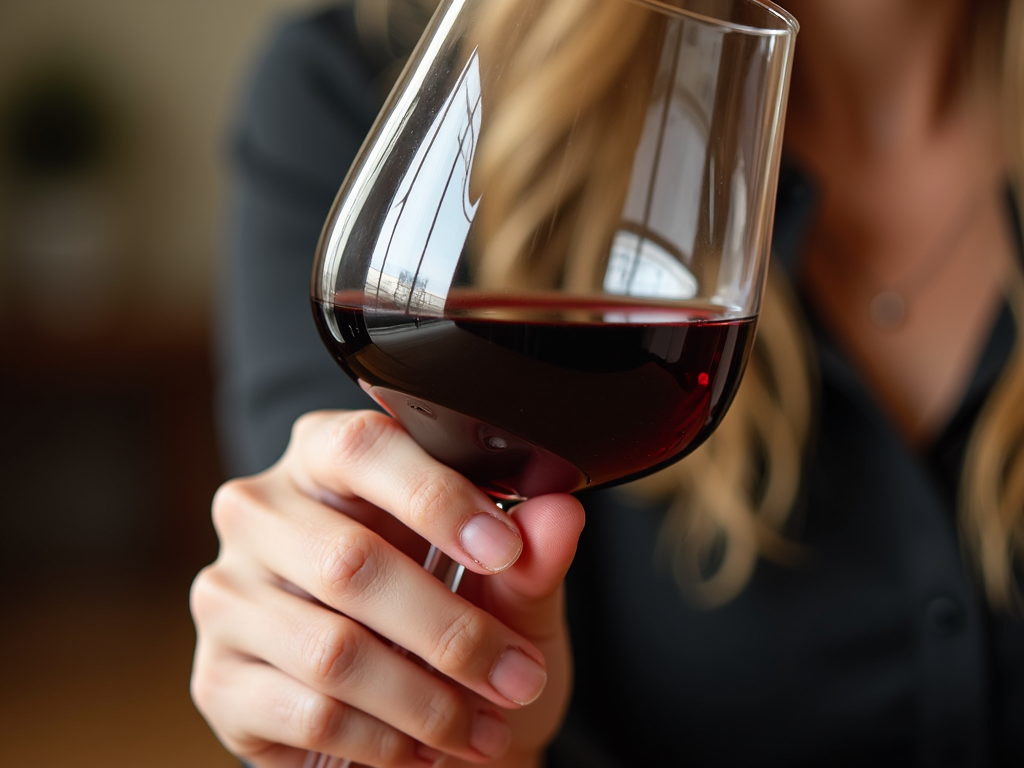
Wine tasting etiquette is an important aspect of any tasting event. Encourage your guests to follow these basic guidelines:
- Look: Observe the color and clarity of the wine.
- Swirl: Gently swirl the wine in the glass to release its aromas.
- Smell: Take a moment to inhale the wine's bouquet.
- Taste: Take a small sip and let the wine linger on your palate.
- Spit or Swallow: Depending on personal preference, guests can either spit the wine into a spit bucket or swallow it.
Remind your guests that it's perfectly acceptable to spit out the wine, especially if they're tasting multiple wines. This helps prevent overconsumption and allows them to fully appreciate each wine's flavors.
To make the tasting experience more educational, you could demonstrate the proper way to taste wine. Show your guests how to hold the glass, how to swirl the wine, and how to identify different aromas and flavors.
You could also introduce some wine terminology, but keep it simple and avoid overwhelming your guests with too much information. Terms like "tannins," "acidity," and "finish" can be useful, but explain them in a way that's easy to understand.
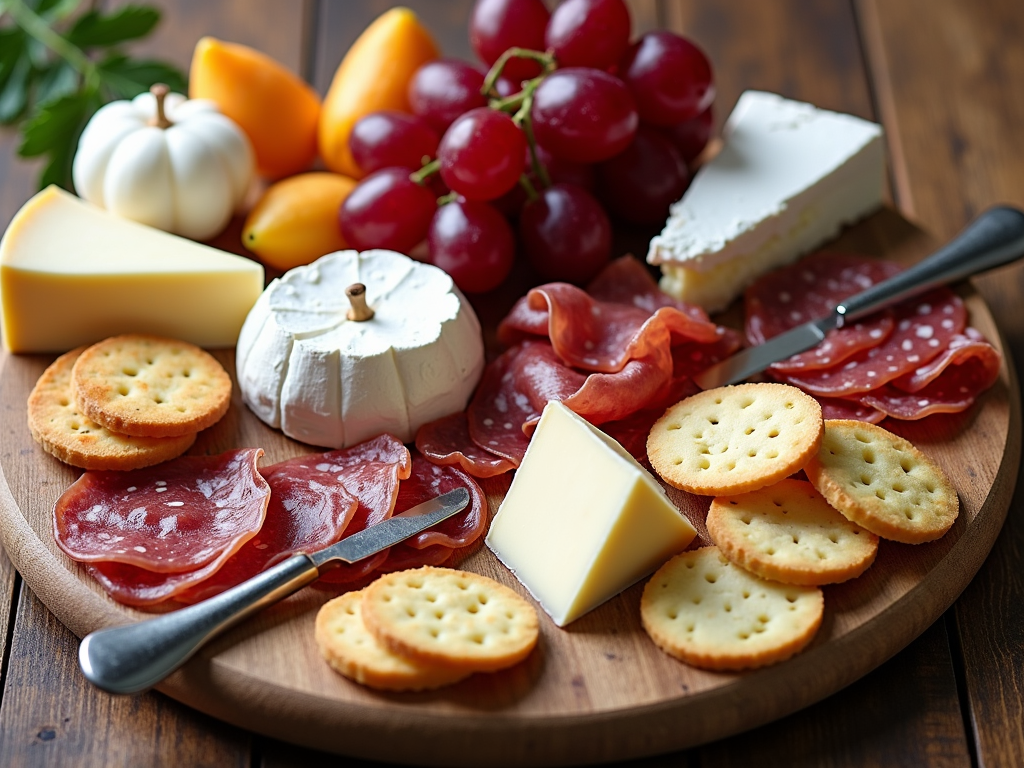
While not necessary, offering some light snacks can enhance the wine tasting experience. Choose foods that complement the wines you're serving. For example, cheese, crackers, and fresh fruit are always a safe bet. If you're serving red wines, consider offering some charcuterie or dark chocolate.
When selecting foods to pair with your wines, think about the flavor profiles. For example, a buttery Chardonnay might pair well with creamy cheeses, while a bold Cabernet Sauvignon could stand up to stronger flavors like blue cheese or grilled meats.
You could also consider offering a small menu with suggested pairings for each wine. This can help your guests appreciate how different foods can enhance or alter the taste of the wine.
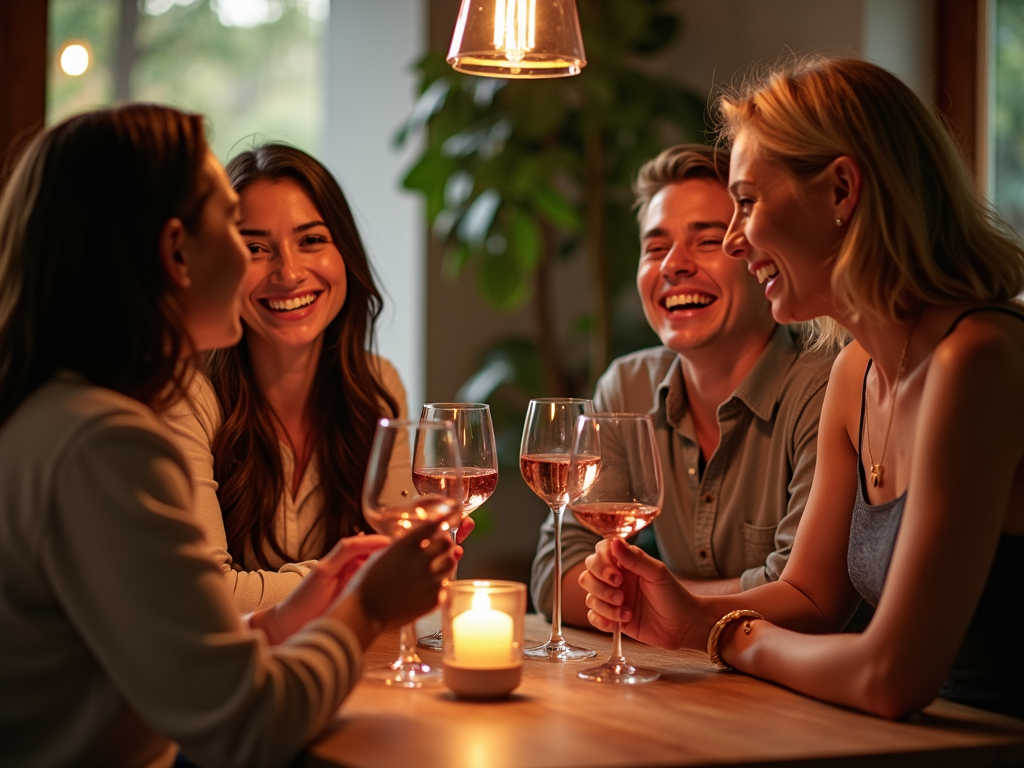
Hosting a wine tasting party is not just about the wines; it's also about creating a memorable experience for your guests. Share your own experiences and knowledge about wine, but also encourage your guests to share their thoughts and opinions. This can lead to lively discussions and a deeper appreciation for the wines being tasted.
If you've visited wineries or attended wine tasting events, share those experiences with your guests. For instance, if you've been on a Beringer wine tour, you could talk about the history of the winery and what makes their wines unique.
Sharing personal anecdotes can make the event more engaging. For example, you could talk about a memorable wine you tasted on a trip or a funny story about a wine mishap. This can help break the ice and encourage your guests to share their own stories.
In conclusion, hosting your own wine tasting party is a rewarding experience that allows you to explore the world of wine with friends and family. By carefully selecting your wines, setting up a welcoming tasting area, and understanding basic wine etiquette, you can create an event that is both educational and enjoyable. Remember to have fun and don't be afraid to experiment with different wines and themes.